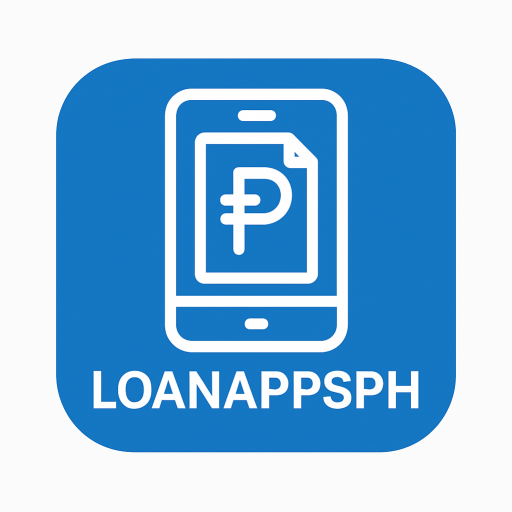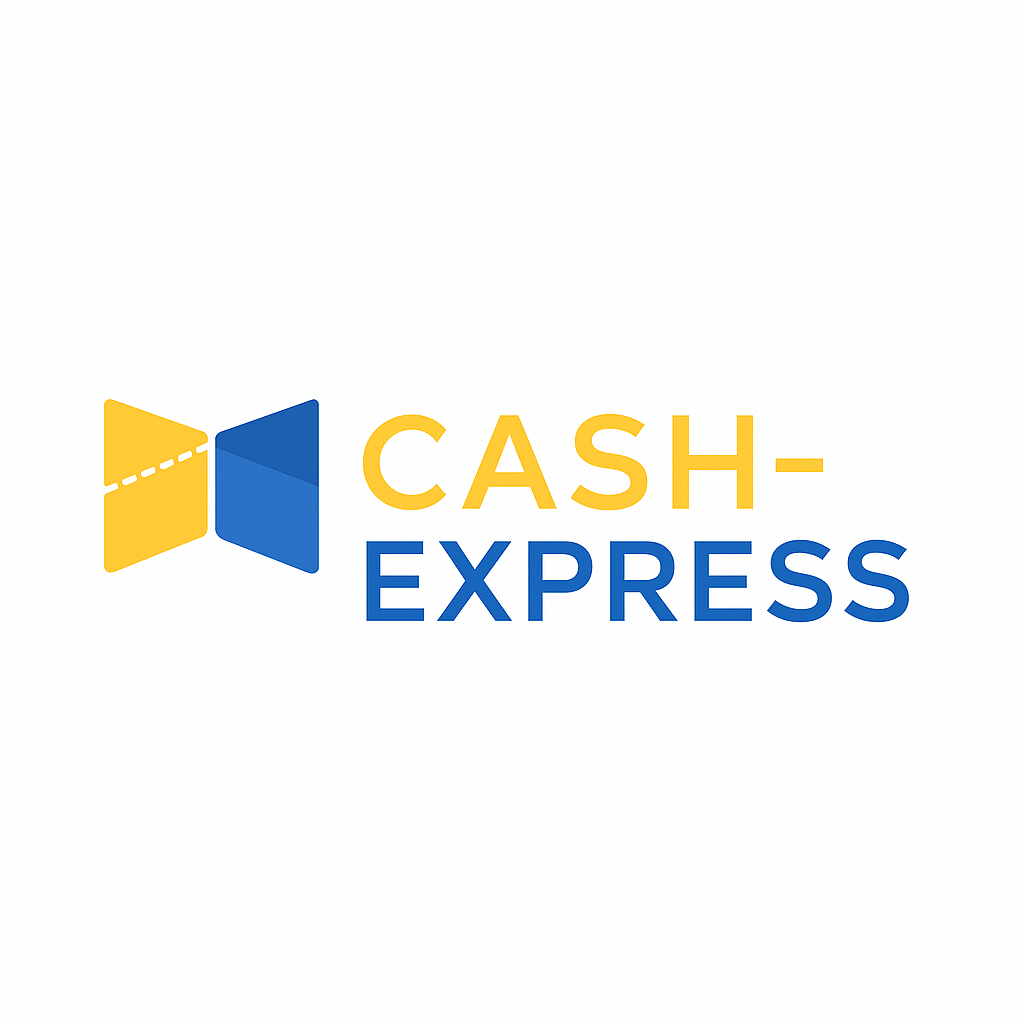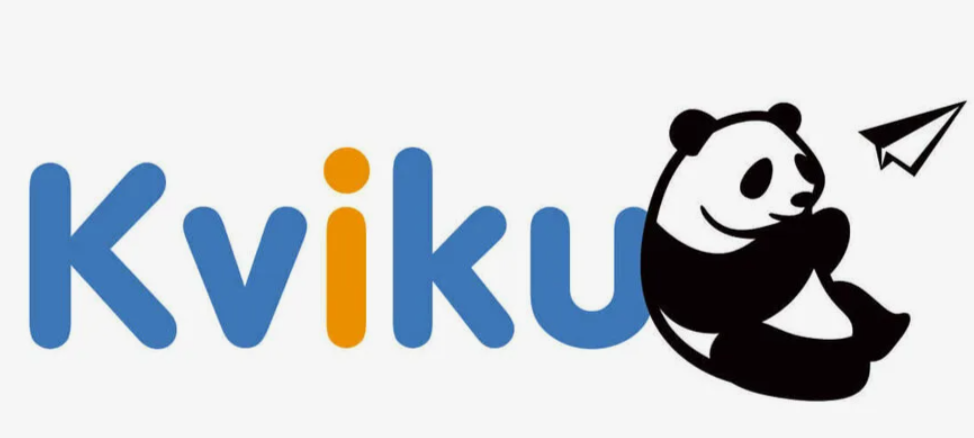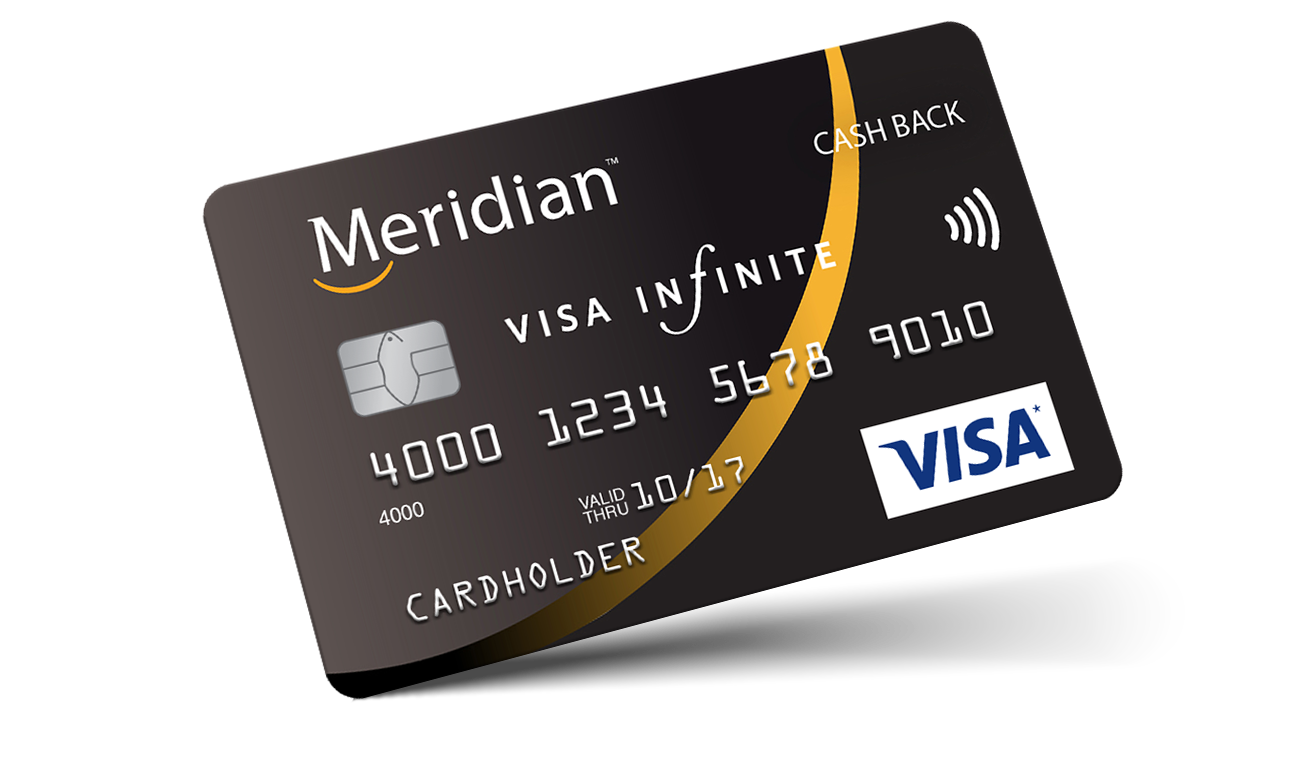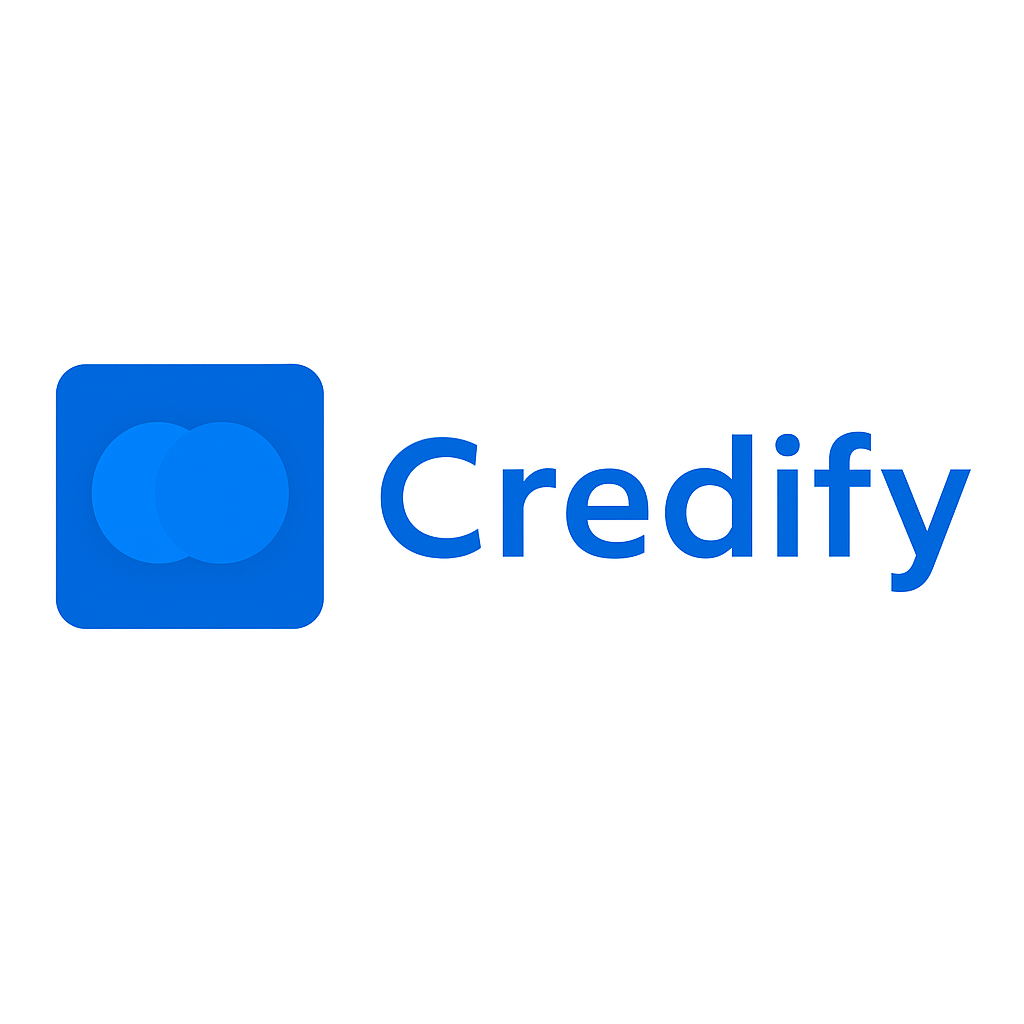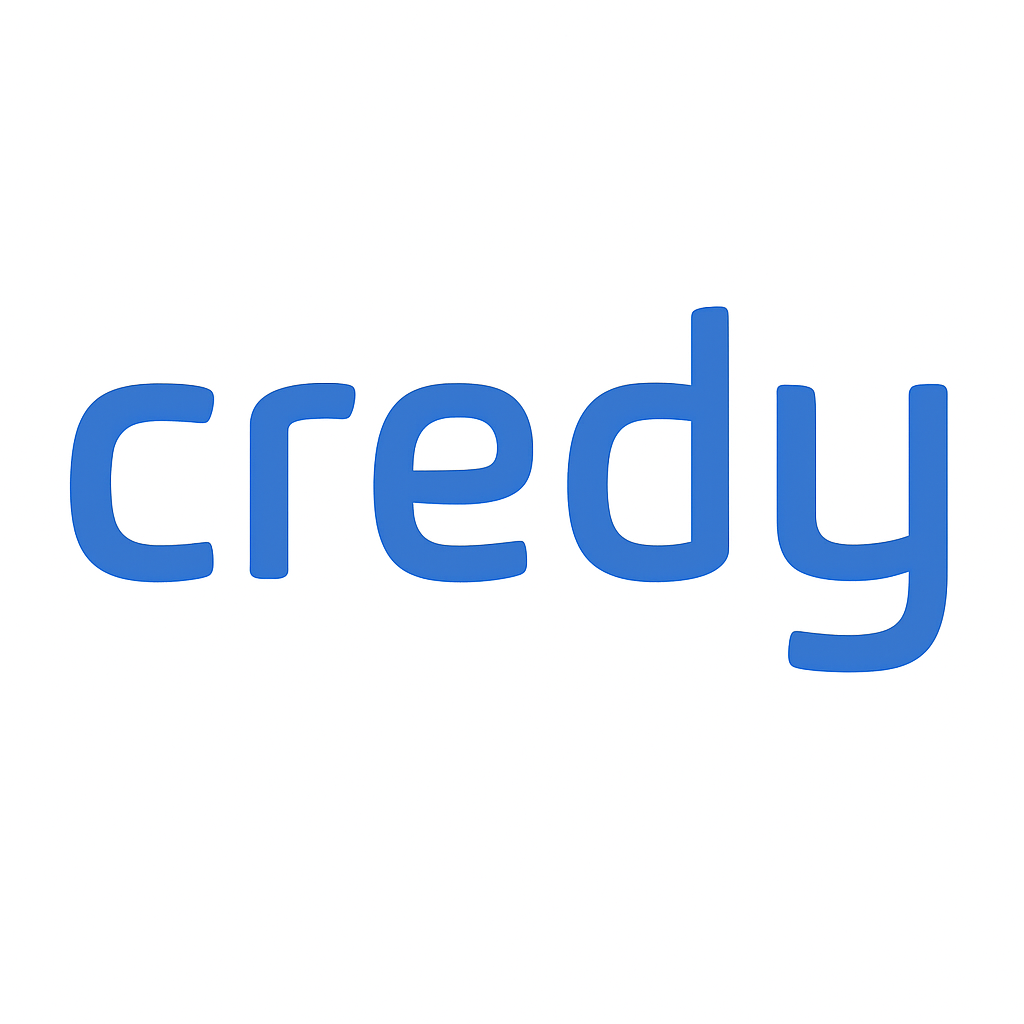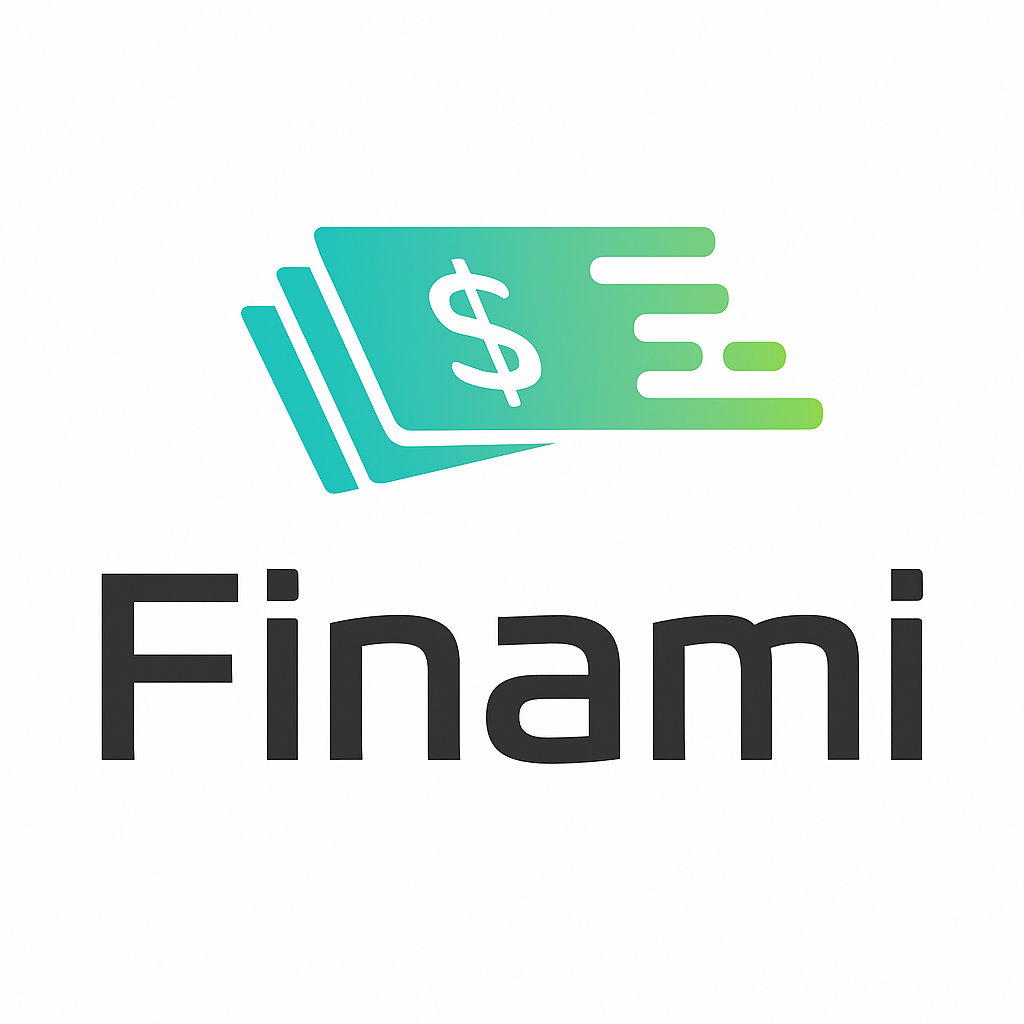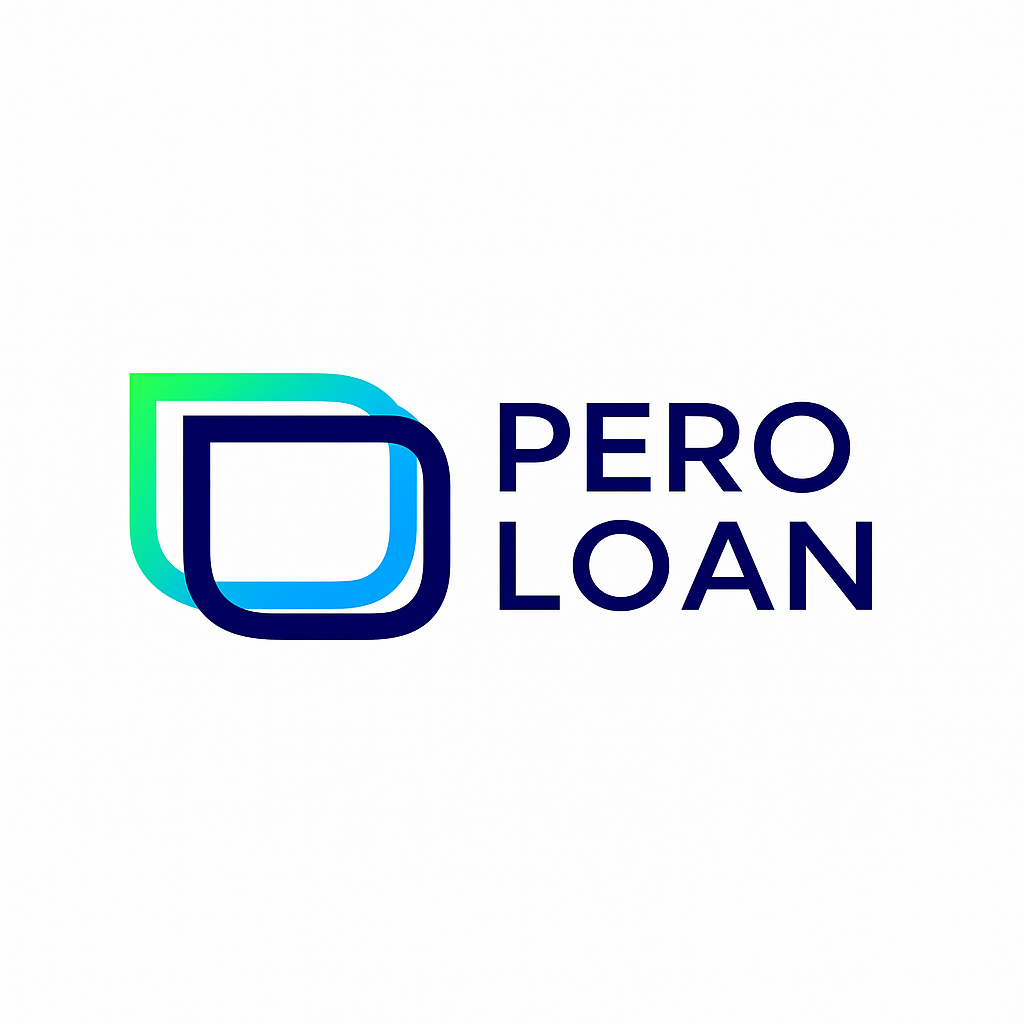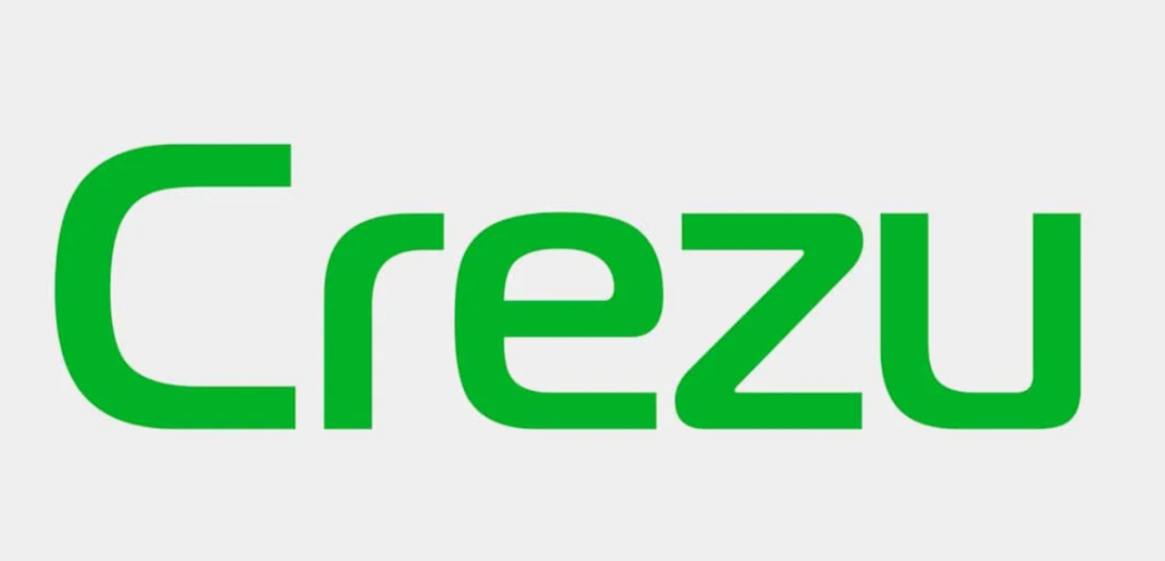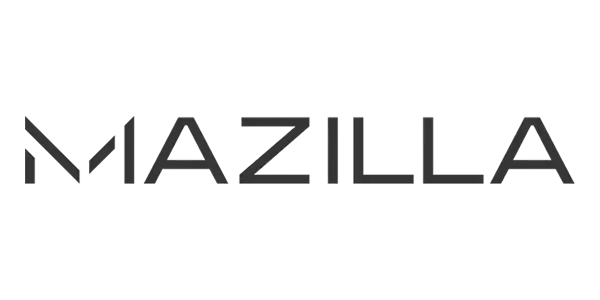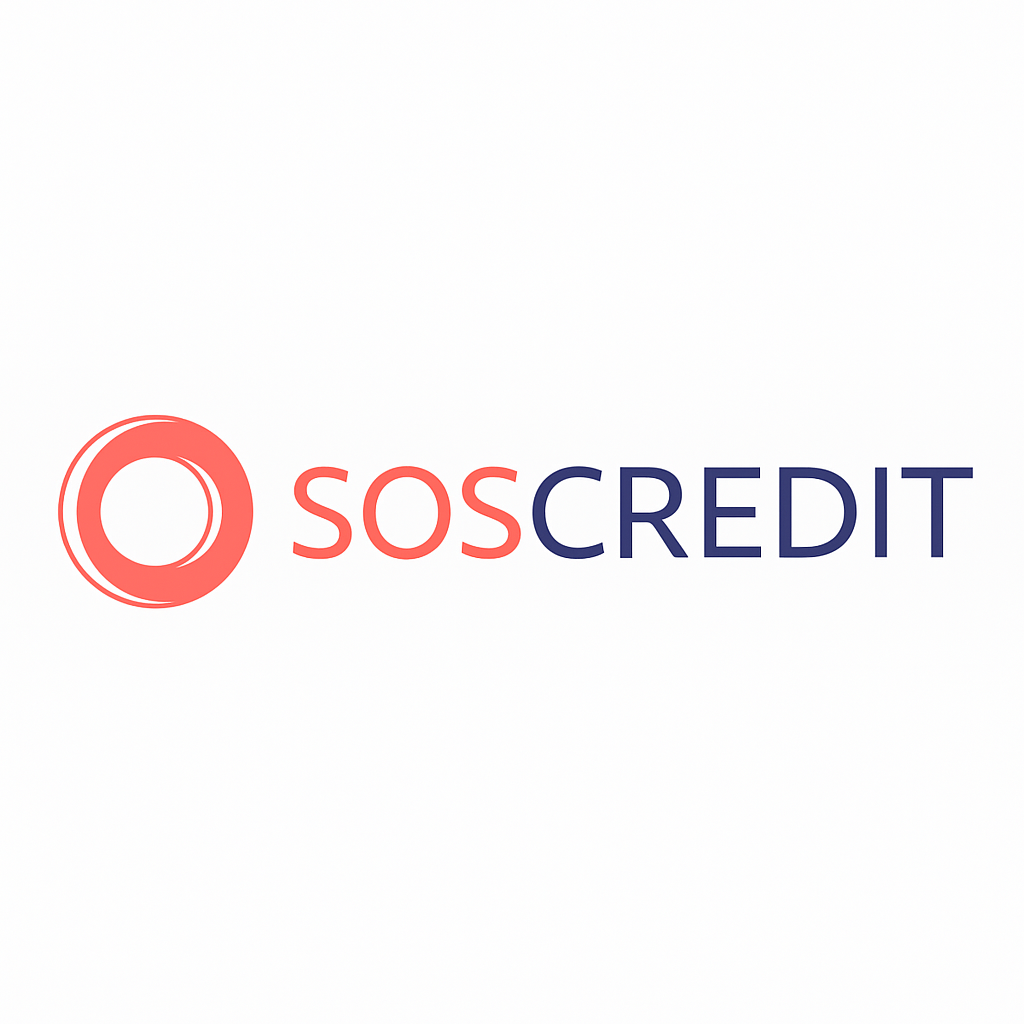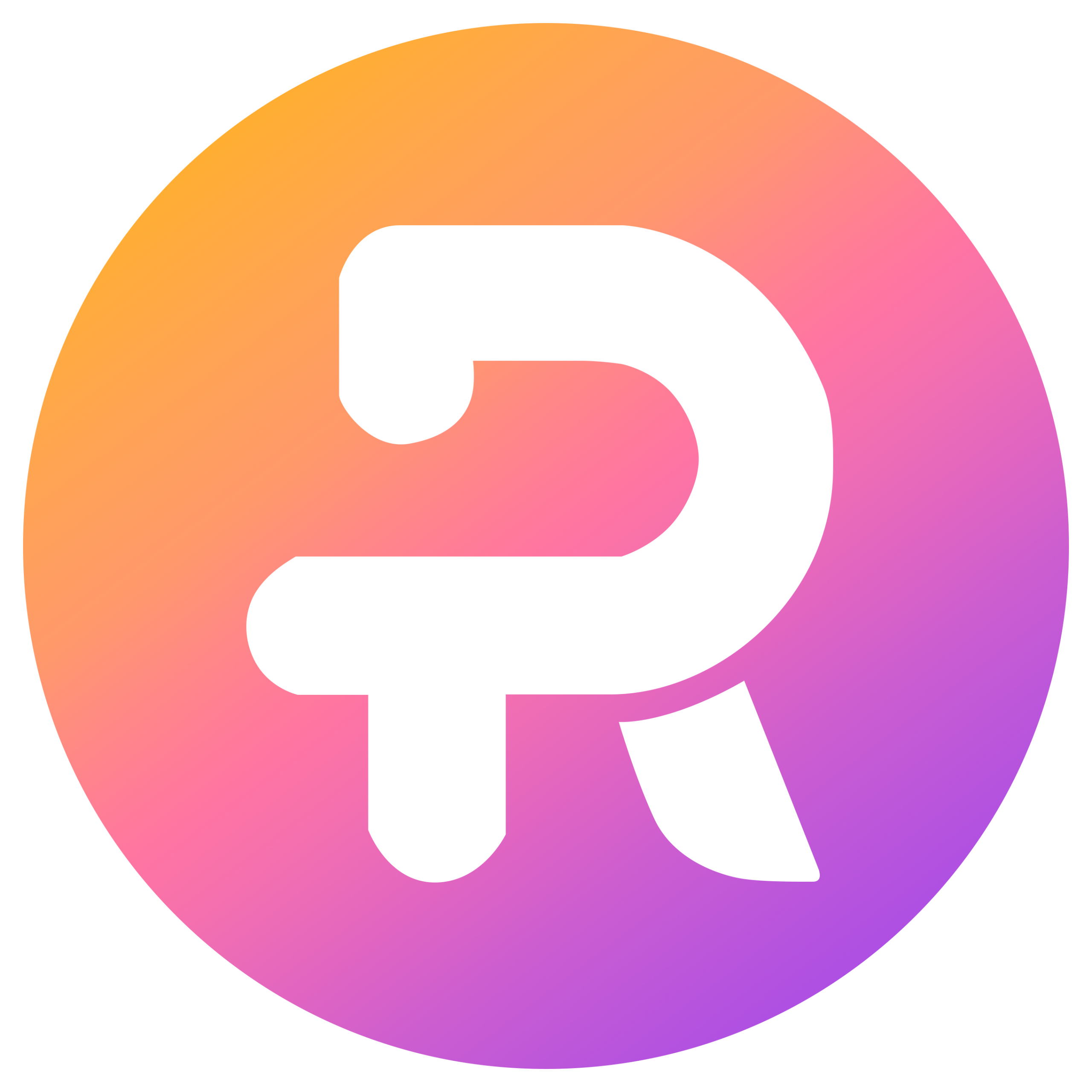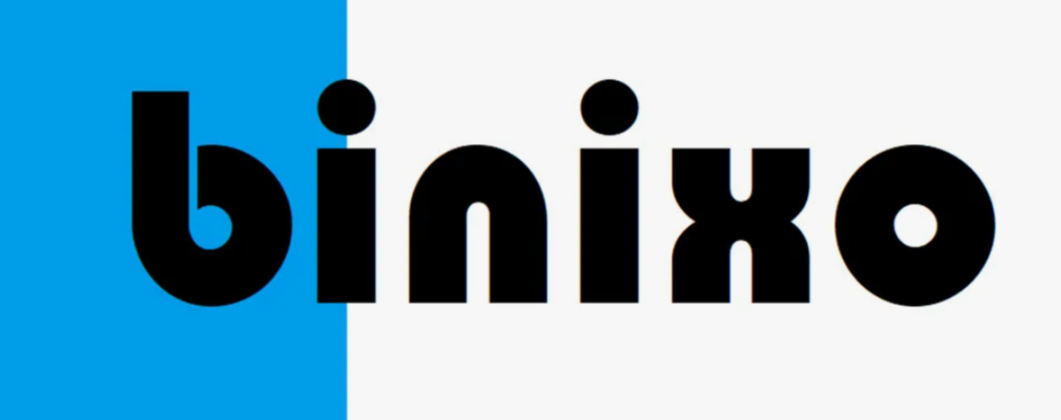Comparing Bank Loans vs. Online Loans in the Philippines: Pros and Cons 2025
Trusted Loan Apps
Introduction
In the evolving financial landscape of the Philippines, borrowers now have a broad spectrum of loan options. Two of the most prevalent are traditional bank loans and online loans offered by digital lenders. Each has its unique advantages and drawbacks. This article offers an in-depth comparison of bank loans and online loans in the Philippines as of 2025, guiding borrowers to make the best choice based on their needs.
Overview of Bank Loans
Bank loans are provided by regulated commercial banks. They offer various loan products including personal loans, auto loans, and home loans. Banks have stringent underwriting processes and require substantial documentation.
Advantages of Bank Loans:
- Lower Interest Rates: Banks generally offer competitive rates compared to non-bank lenders.
- Higher Loan Amounts: Banks can approve larger loan sums, often linked to income and collateral.
- Longer Repayment Terms: Extended loan tenors help reduce monthly payments.
- Credibility and Security: Banks are highly regulated, offering borrower protection.
Disadvantages of Bank Loans:
- Strict Eligibility: Banks require solid credit history and stable income.
- Lengthy Approval Process: Application processing can take days or weeks.
- More Documentation: Extensive paperwork is mandatory.
- Collateral Requirements: Many loans require collateral, limiting access for some borrowers.
Overview of Online Loans
Online loans are offered by fintech companies and digital lenders that provide faster and more flexible access to credit via apps and websites.
Advantages of Online Loans:
- Quick Approval and Disbursement: Many digital lenders approve loans within minutes.
- Minimal Documentation: Often require only basic ID and income proof.
- Accessibility: Available to individuals with limited credit history.
- Convenience: Entire process conducted online, no need to visit a branch.
Disadvantages of Online Loans:
- Higher Interest Rates: Due to higher risk, rates are usually steeper.
- Lower Loan Limits: Typically smaller loan amounts.
- Shorter Repayment Terms: Usually shorter tenors leading to higher monthly payments.
- Risk of Unlicensed Lenders: Presence of predatory lenders in the market.
Key Factors to Consider
- Purpose of Loan: For large, long-term needs, banks are preferable; for quick, small cash needs, online loans are suitable.
- Urgency: Online loans serve urgent needs better due to speed.
- Credit Profile: Banks require strong credit; online lenders are more lenient.
- Costs: Consider total repayment including fees and interest.
- Trust and Security: Verify lender licenses and reputation.
Real Customer Experiences
Many borrowers prefer banks for home and auto loans due to better terms. However, young professionals and entrepreneurs often turn to online loans for immediate capital needs. User reviews highlight the importance of transparency and customer service in choosing lenders.
Recommendations
- Check BSP License: Always confirm if the lender is regulated.
- Read Terms Carefully: Understand all charges and penalties.
- Borrow Responsibly: Assess your repayment ability realistically.
- Consider Hybrid Solutions: Some fintechs partner with banks offering combined products.
Conclusion
Both bank and online loans have significant roles in the Philippine lending ecosystem. Your choice depends on financial needs, urgency, credit history, and repayment capacity. Understanding the pros and cons will empower you to make informed borrowing decisions in 2025.
